Fall has most certainly arrived here on the farm- we’ve had a couple of frosts, lots of color in (and falling from) the trees. The days are becoming shorter, but the sunlight no less clear and crisp. The garden has wrapped up for the season, and the harvest has been processed, canned, and put away to enjoy this winter. It feels so good to be preparing for the next season- the quiet season. We have food, firewood, books to read, and a few projects to keep us busy. One of the things we’ve found so fulfilling about this lifestyle is experiencing the cycles of nature- the cycle of season-after-season, each with its own personality, its own needs, and its own chores. But we do enjoy them all- spring, summer, autumn, and winter.
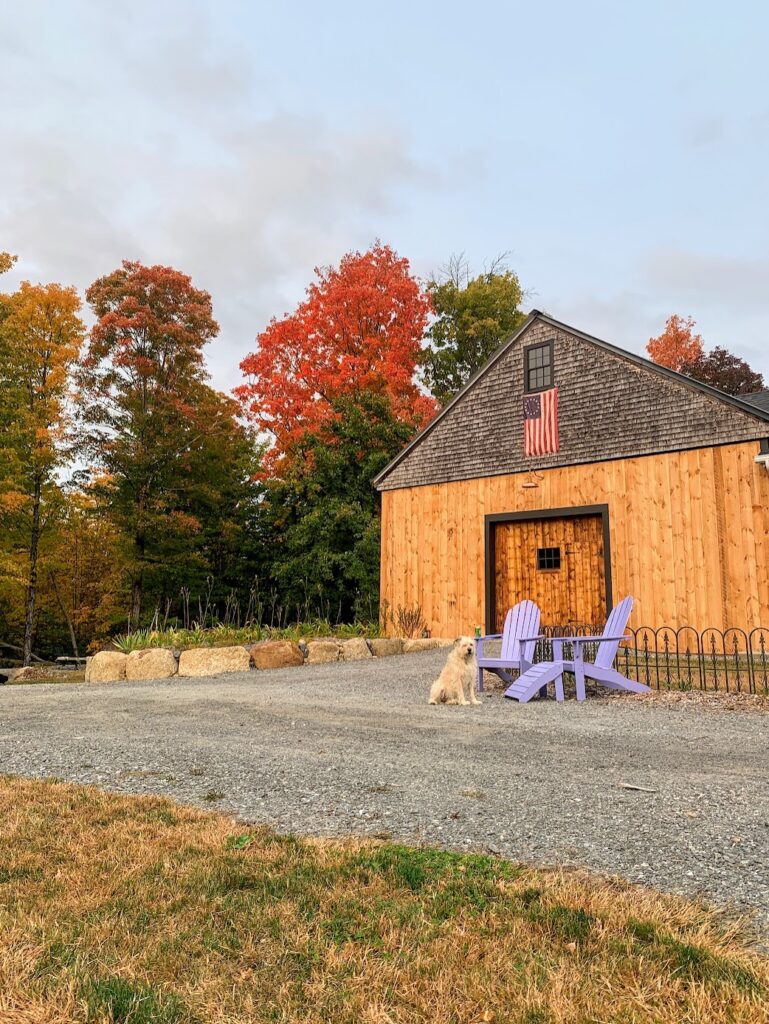

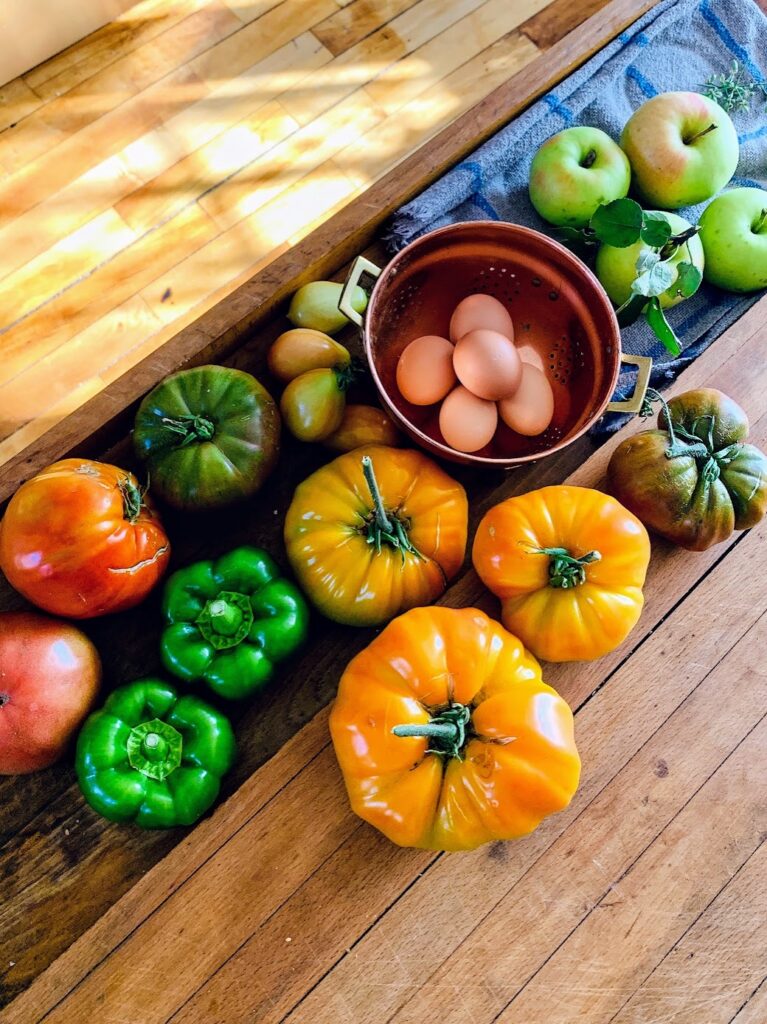


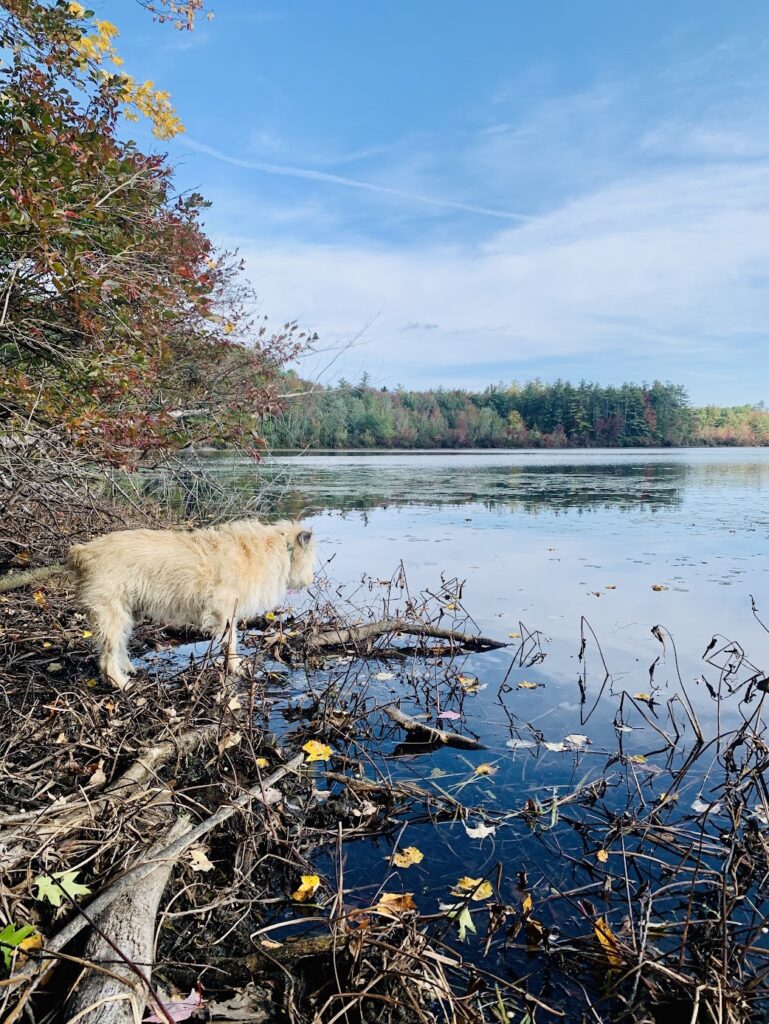

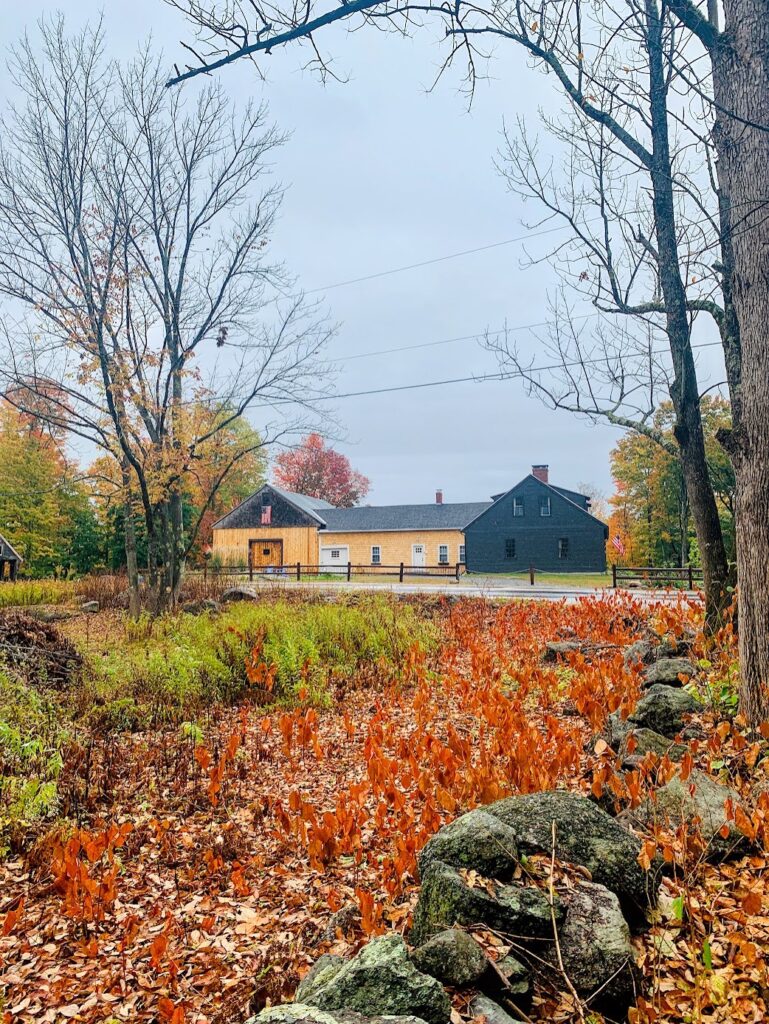

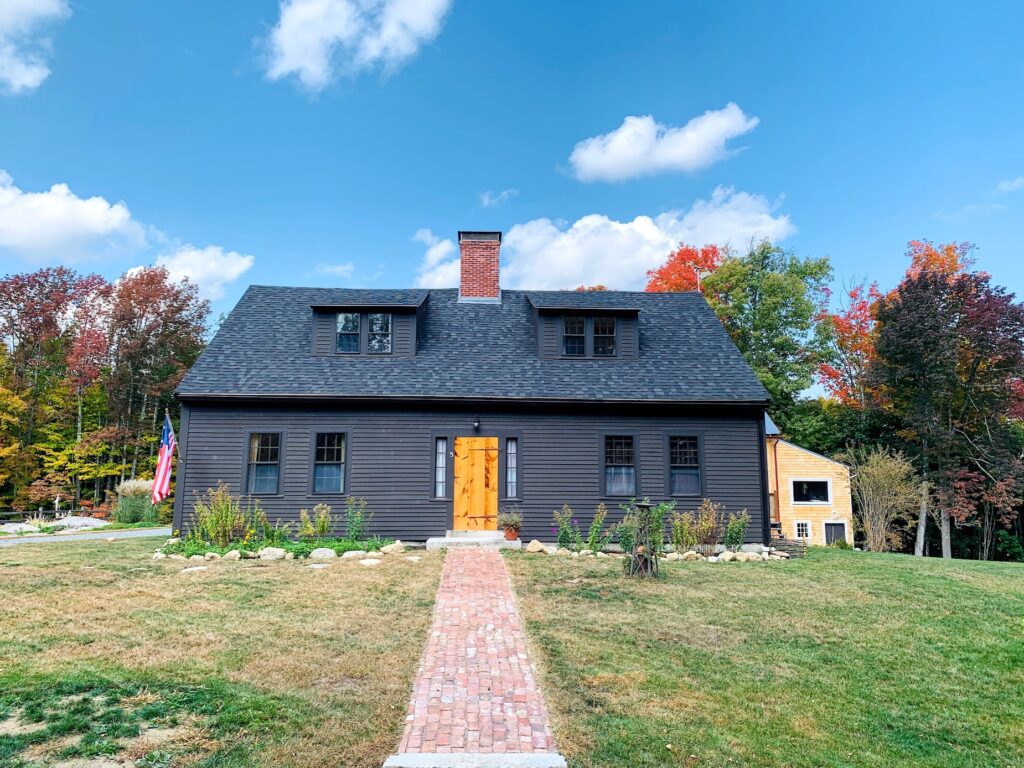
We’ve wrapped up this summer’s busy season of outside restoration/renovation work, as we recently finished the rebuilding and shingling of the east wall of the back barn. This wall was one of our more daunting projects, due to its height and structural needs. The wall had buckled due to frost heave, and the shingles were so far gone you could literally see through them. This wall is also well over twenty feet high. We were able to reach all but the top two rows of shingles from our staging, but finished from the extension ladder. It feels pretty good to have this shed addition wrapped up and stabilized, ready for another winter. We stripped the old shingles, fixed the buckling, broken, and missing studs, rebuilt the window frames and reglazed the sashes (hinging them to allow them to tilt inward for annual cleaning), patched the broken and rotted sheathing, and hung new Alaskan yellow cedar shingles, allowing this barn and back barn to stand for long after we’re gone. We nearly lost this addition due to the ground beneath it heaving and washing down the hill, and it was pulling the barn down with it. Of the six timber framers that looked at our barn, five recommended removing the addition to try to save the barn. We’re so glad we were able to save it. The entire barn foundation has now been rebuilt and stabilized, the roof is now new and sealed, all the structure has been shored up, and the siding and windows are all sealed up. There’s no reason that this barn cannot stand for another 240 years.
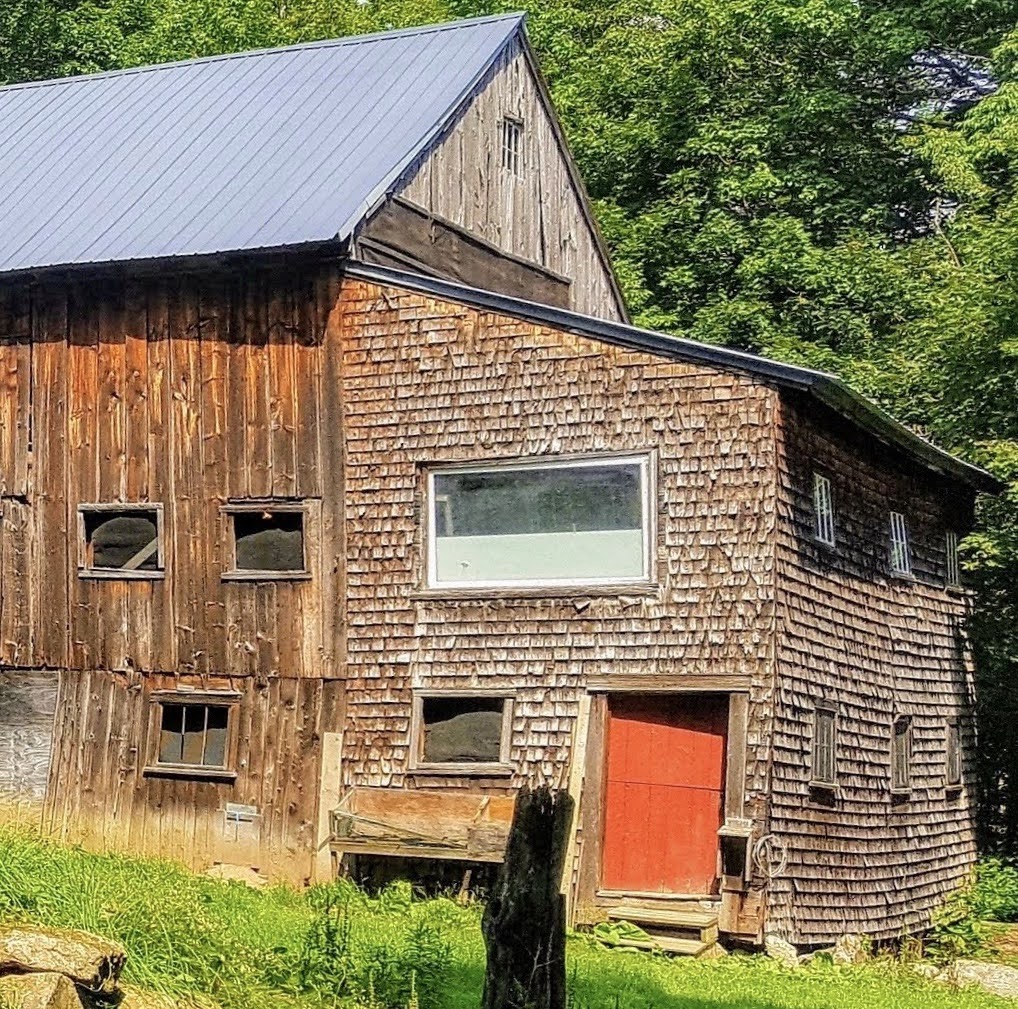

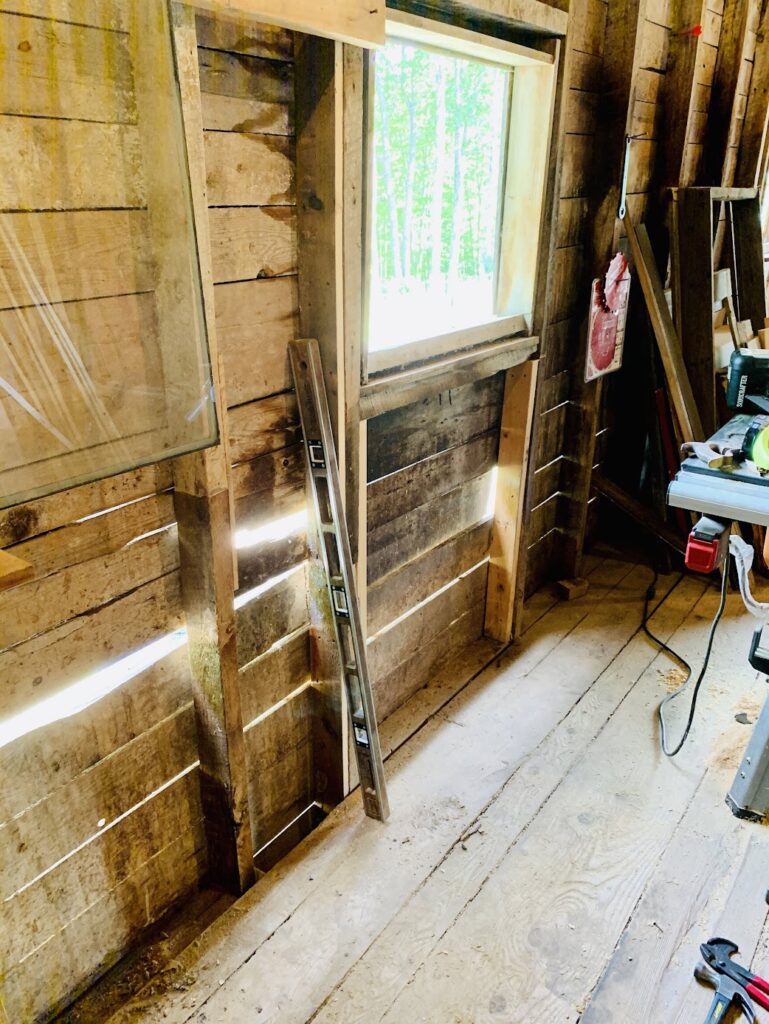

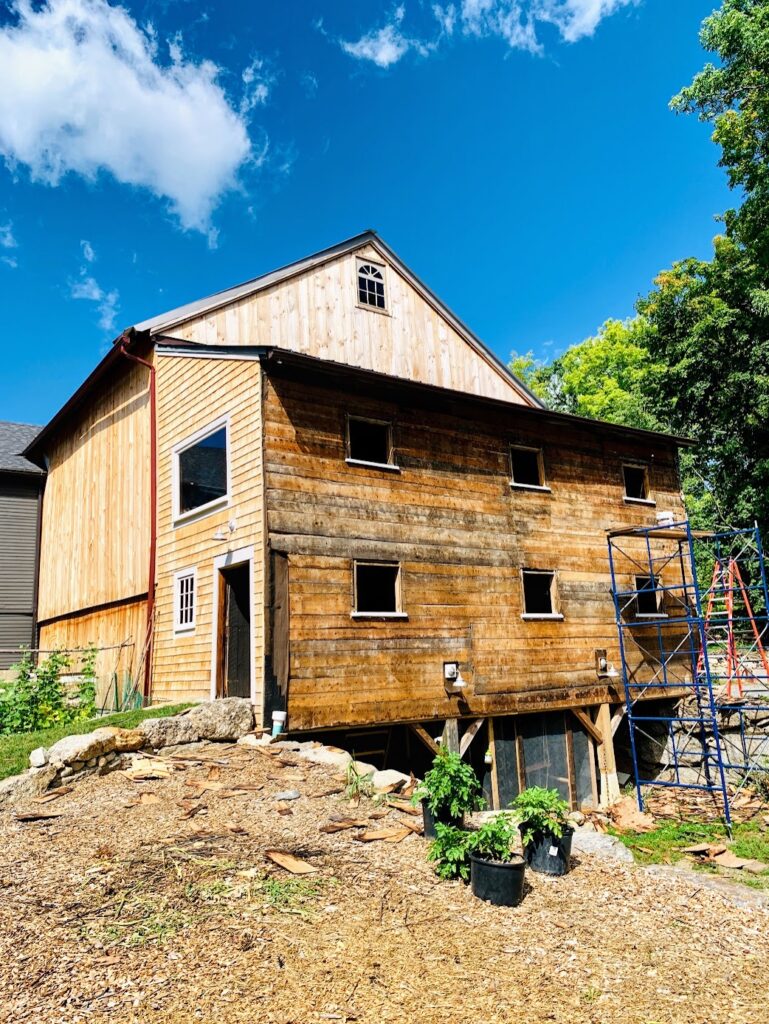

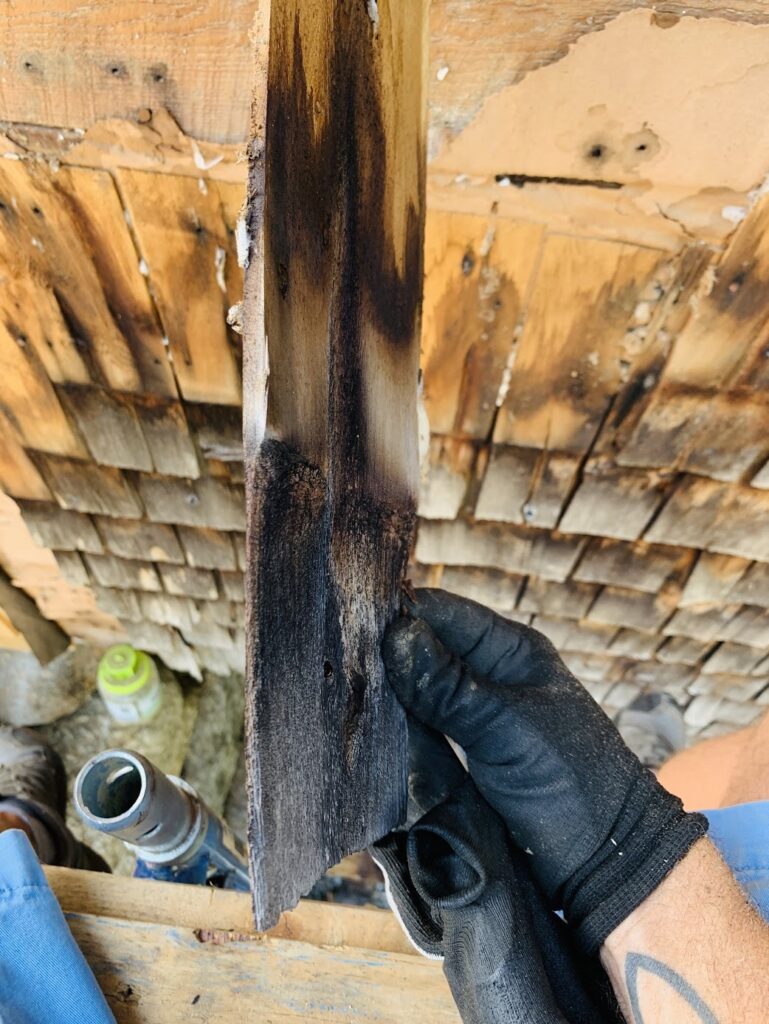






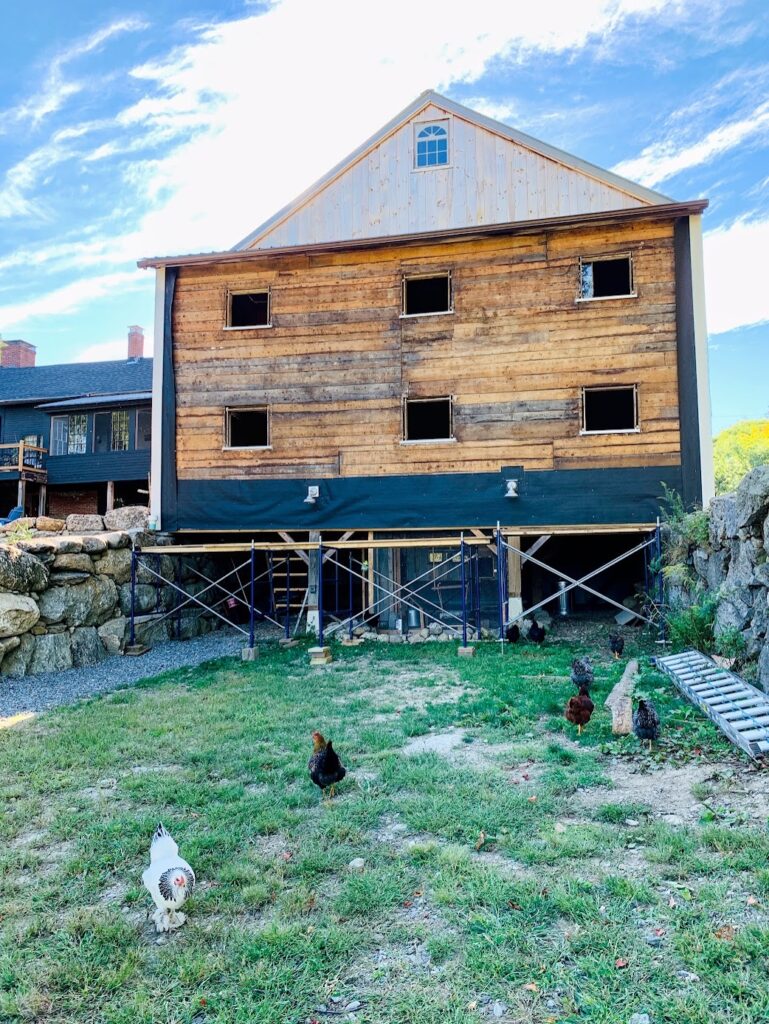
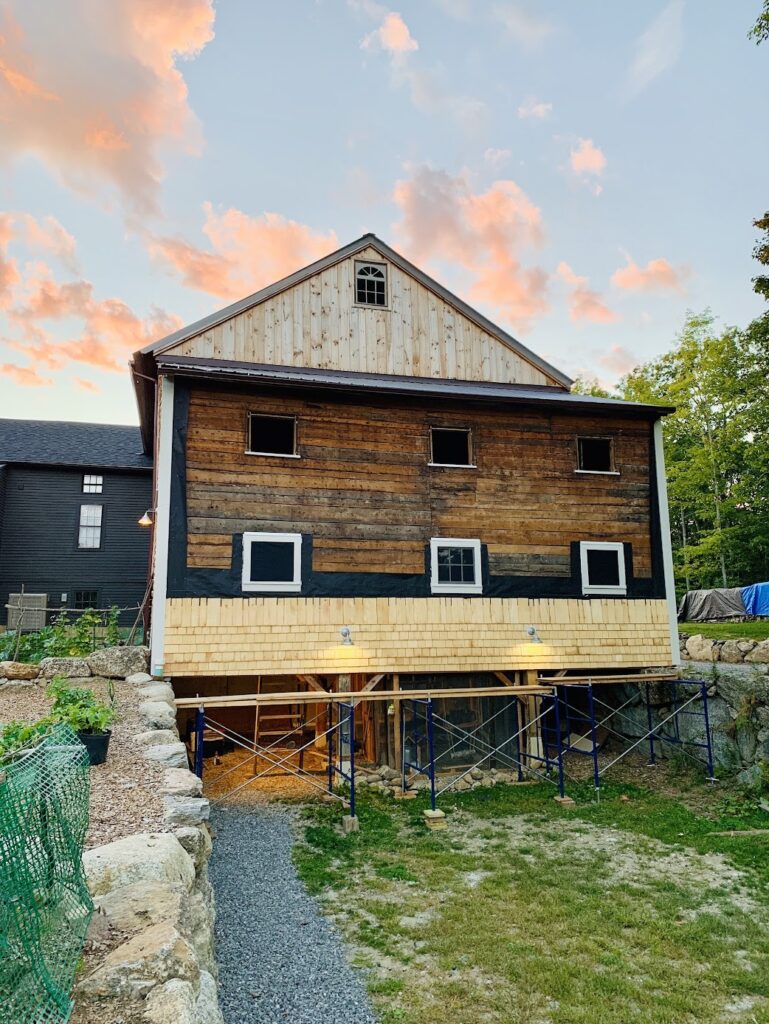
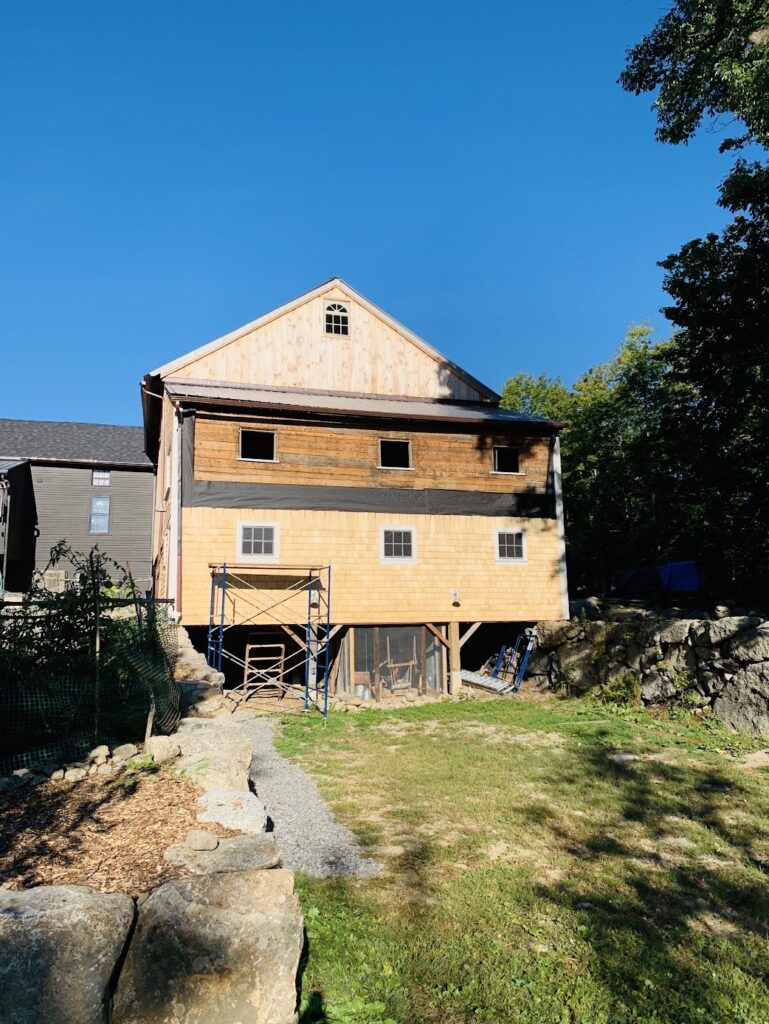
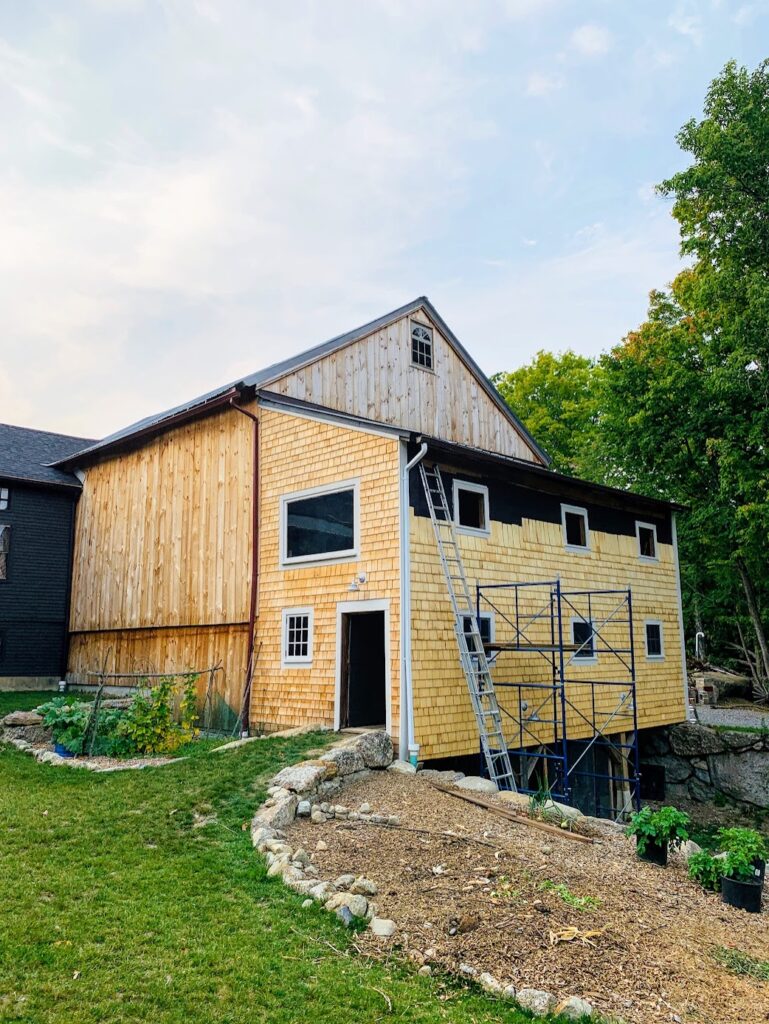
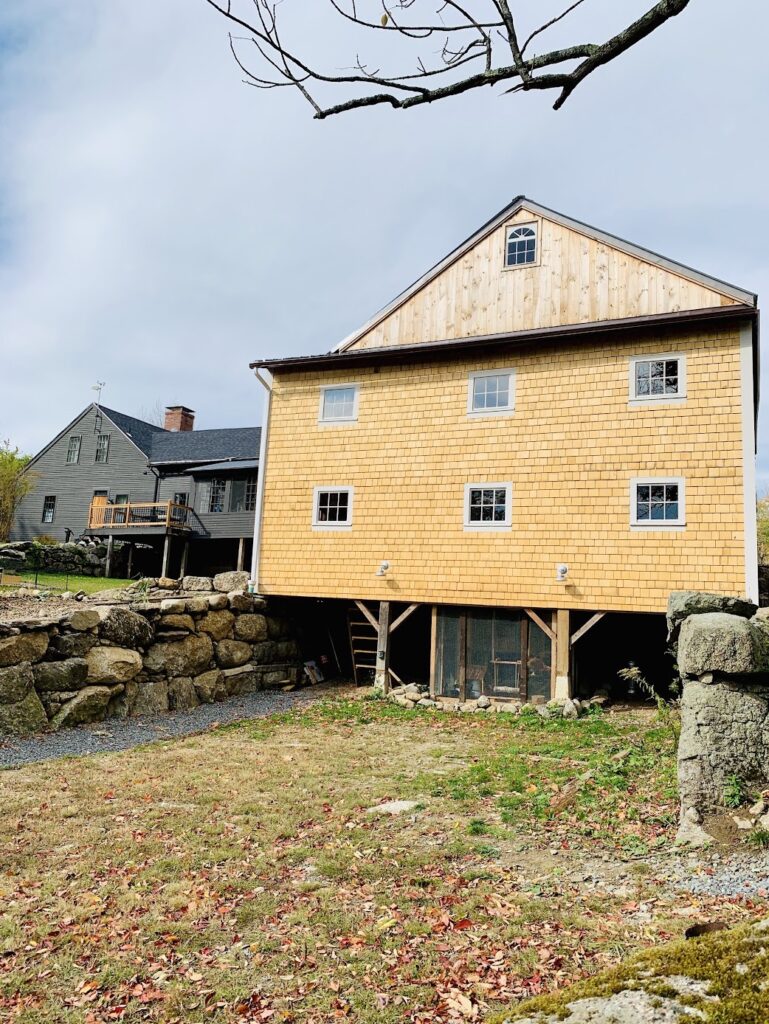

The only part of the barn we have yet to rebuild is the north wall, which we’ll tackle next year. It’s protected from the more severe weather, and gets no exposure to sun or harsh winds, so it’s not in as bad of shape. We’ll cover the old vertical siding with new, so we can still enjoy the old from the inside, but it will be more weather-tight- we’ll use the same vertical hemlock shiplap as the rest of the barn. We’ll also frame a window upstairs in the back barn matching the large window in the south wall, allowing the wood shop to be flooded with light from both sides, as well as the back. We’ll also patch the holes in the north wall where the open window (no sash) and animal access door used to be. Then we’ll hang new cedar shingles on the back addition to match the rest of the back barn.
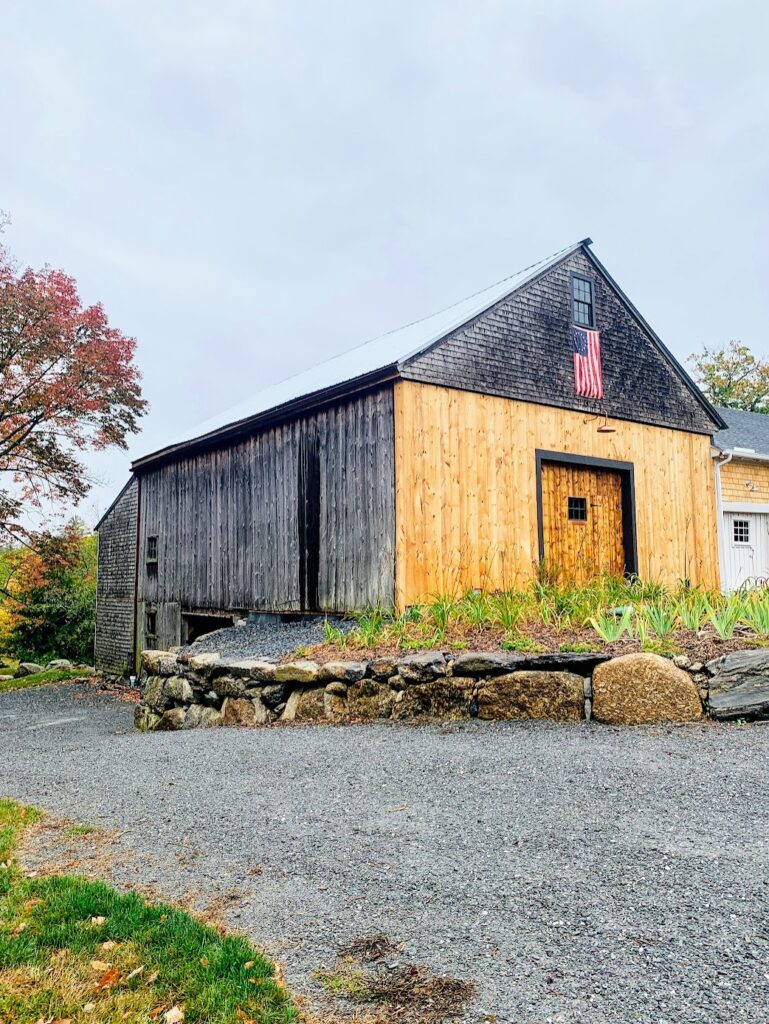

So much of what we’ve had to do here isn’t pretty or can even be seen, but is so necessary, such as something else we recently addressed- the HVAC duct work. The duct and plenum were from an old, long-gone, oil-fired furnace, that was used to heat the house, and a smaller part of the ell. The ductwork used to have two trunks- one feeding the front entrance hall and the parlor, and one feeding everything else. Our primary heat is from an air-source heat pump, which is effective anytime outdoor temps are above 20 degrees (F). When it’s below that, we have a propane furnace that kicks in. When the propane furnace would come on, it sounded like a jet engine in the parlor, and yet you couldn’t feel so much as a puff of heat in the ell, so we decided to replace the duct work. (Hearty shout-out to Brian at Sanford.) Now, the system is much more balanced, and the heat reaches all the rooms quite equitably. We did add a small wood- burning parlor stove in the cooking hearth, and will soon be adding a new wood cookstove to the kitchen, so we’re hoping to heat mostly with the plentiful cordwood we have stored up this year.




Eventually, we’ll move the parlor stove into the parlor fireplace- we just have to remove an old Franklin insert first. We love to have open fires and cook on the hearth, but this little stove will provide far more bang for the buck, or heat for the log, than an open fire in the hearth.
It was such a busy summer full of long, hard days, but we accomplished so much- we wrapped up rebuilding and re-siding the front of the ell, the front of the barn, and most of the back barn. We rebuilt the front fascia on the house. We cleared, planted, and expanded the orchard. We built a chicken coop and filled it with chickens. We grew a garden (finally!), learning what worked and what can be improved for next year. As fulfilling and satisfying as all of that was, it will be nice to slow down and live more simply- we really want to see how little we can get by on this winter. We’ll be eating from the pantry and heating from the woodshed as much as we can. We’ll spend this quiet time just reading, resting, and enjoying this old home. And hopefully doing some more research into Daniel and Abigail’s lives. Maybe we’ll even break out the snowshoes!

There’s still much to be done around here once the spring thaw comes, so stay tuned. I think I’ll be focusing more on the blog, and giving social media a rest for a while.
Be well, and God bless!

Leave a Reply